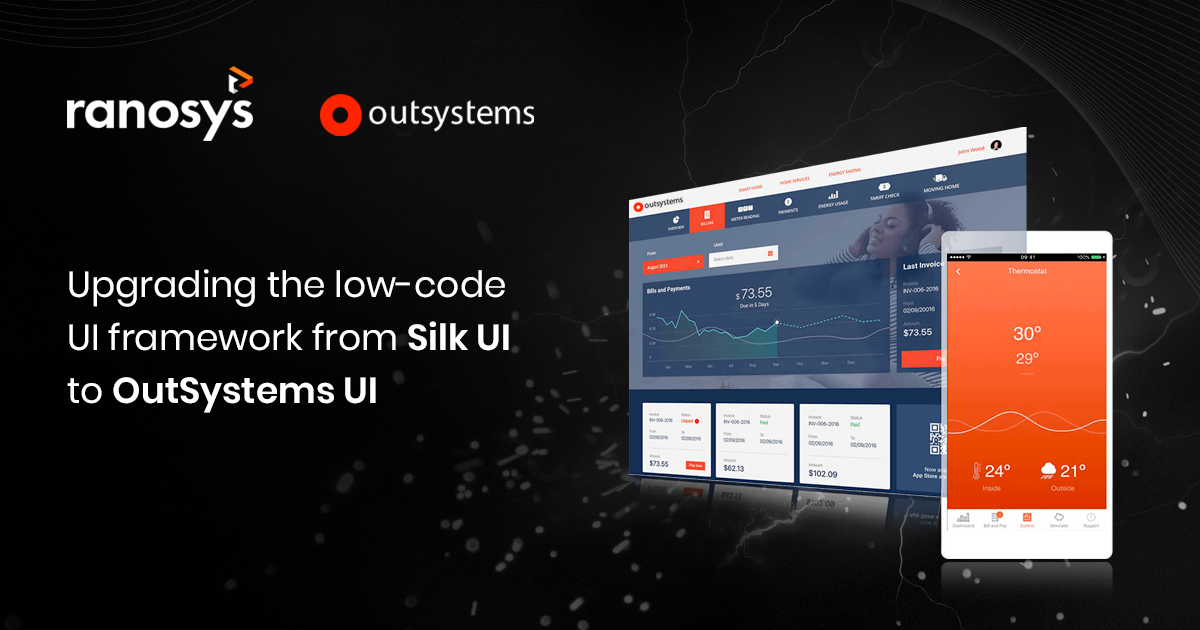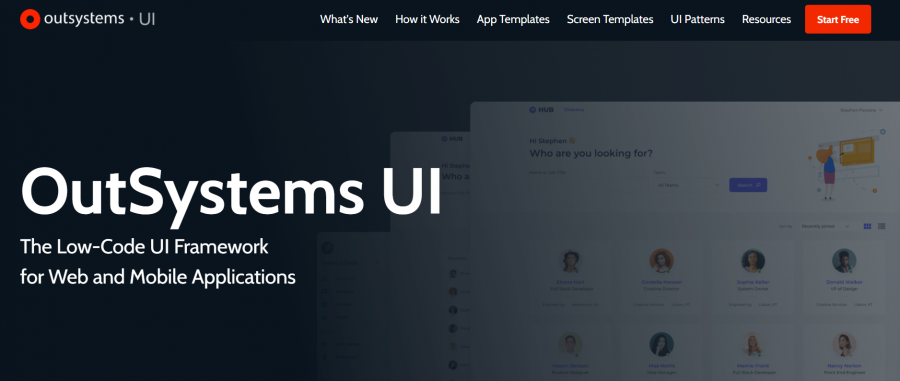As an OutSystems developer or an enterprise that has leveraged the OutSystems platform, you’re probably aware of the fully-integrated Silk UI framework. However, now OutSystems has decided to deprecate Silk UI and replace it with the OutSystems UI framework. Although it will be available for download, there will be no ongoing support and maintenance solutions available for the same.
With this latest update, there is much to think for enterprises and developers in terms of the impact it will have on the already developed enterprise applications and if you must migrate to the OutSystems UI framework.
In this resource, we answer all these questions and more. Read on!
What is the Silk UI framework from OutSystems?
In case you’re not familiar with the Silk UI framework, it allows low-code developers to build amazing web and mobile user interfaces with great UI all with drag-and-drop movements, without any coding. It consists of pre-built templates, samples, and designs that simplifies and accelerates application UI development. These pre-built templates cater to different screen sizes- Dublin for wider screen, Tokyo for mobile devices, Lisbon for smaller desktops, and Liverpool for simpler apps.
In today’s fast-paced industrial landscape when customer and market requirements are constantly evolving at a breakneck pace, OutSystems’ Silk UI framework empowered citizen developers to effortlessly add, delete, modify, and update code blocks as per the trends. Overall, Silk UI enabled superior performances, boosted developer productivity, and offered impeccable UX/UI experiences.







